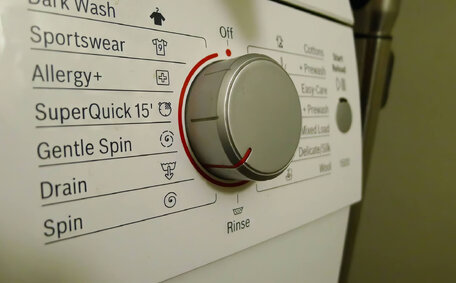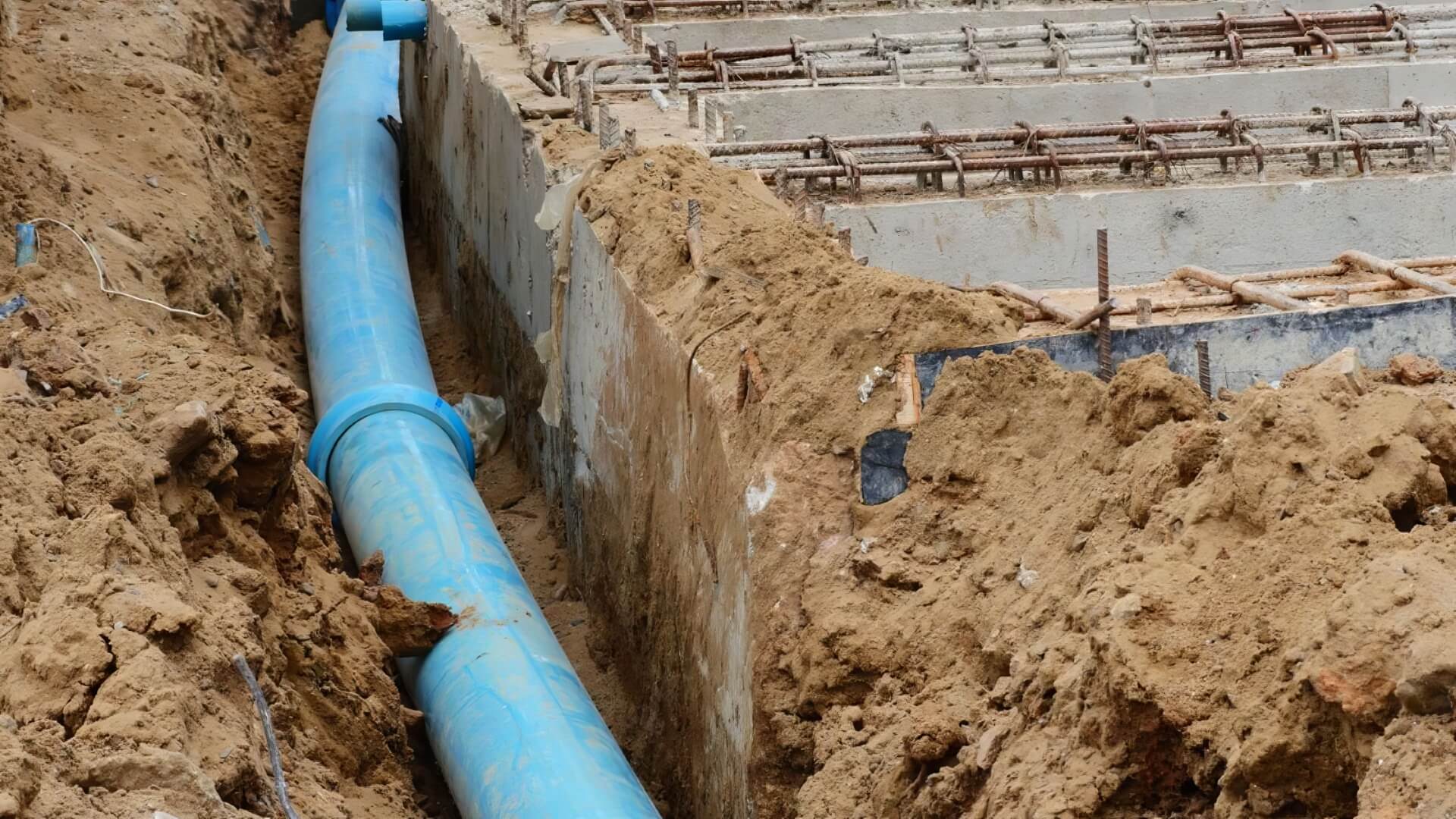Common causes of sump pump failure
Knowing the causes of sump pump failure is essential for homeowners looking to prevent emergencies.
Power Outages
Power outages are a leading cause of sump pump failures, as they prevent the pump from operating, leading to potential basement flooding if the blackout is prolonged.
Since sump pumps are electrically powered, during outages, they will not activate to eject water, potentially causing water to accumulate in the pit.
Clogged Discharge Line
Avoid blockages in your drainage pipe by preventing debris accumulation; a clogged line impedes water flow, increasing the risk of overflow and water damage.
Float Switch Failure
The float switch activates the sump pump, but if faulty, it cannot commence pumping as water levels rise, potentially causing failure. If this switch gets stuck, misaligned, or damaged, it will be unable to trigger the pump to turn on when needed.
Pump Failure
As with all mechanical devices, sump pumps are subject to wear and tear. Mitigation measures, such as a weep hole installation, can extend their lifespan and prevent common problems like motor burnout or impeller blockages.
Inadequate Sump Pump Capacity
Make sure your sump pump has adequate capacity during heavy rain to prevent overflow that leads to unwelcome flooding in your living spaces. Upgrading to a higher capacity pump may be required.
Battery Backup Failure
Regularly checking that your backup pump is charged is vital to maintaining sump pump efficiency and mitigating issues during a power outage.
Committing to regular maintenance and comprehensive yearly inspections can protect your sump pump, ensuring it operates efficiently and serves your homes effectively. The average lifespan of a sump pump is around 7-10 years, so replacement may be necessary when it may stop working effectively. For more information, reach out to us today.
Signs your sump pump may be failing
Being informed about your sump pump’s condition is key. If you have concerns about its efficiency or suspect a failure, please contact us. Being aware of these signs allows you to take proactive measures, so don’t hesitate to call us to mitigate the risks associated with sump pump failure in your house.
The Sump Pit Stays Full
An overloaded sump pit could indicate that your sump pump is failing to manage water levels. Issues like a faulty float switch or a blocked line might prevent your sump pump working at its best.
The Pump Runs Continuously
A well-functioning pump system should respond consistently to rising and falling water levels in your basement. If your sump pump is running non-stop, this could indicate a problem, such as inefficiency in managing incoming water.
Loud Noises From the Pump
Uncommon noise like grinding or squealing from the pump may point to issues with the motor or impeller, and suggest problems with water flow into the pit.
Water Backs Up Near the Sump Pit
Regular oversight of your sump pump’s surroundings is critical to prevent water seepage in your home and pooling near the sump pit, which may indicate obstructions and risk mold growth. Ensuring your sump pump is free of debris helps maintain a clear water path and prevents water from flowing back into the pit.
The Pump Won’t Turn On
If you hear your pump humming but notice your sump pump has stopped working and failed to start evacuating water, the motor may be stuck or defective. When pump operation ceases entirely, this often signifies a power, switch, or electrical malfunction.
Frequent Pump Cycling On and Off
Excessively frequent cycling of the pump can become troublesome, often due to much water being present, signaling that your sump pump can struggle to evacuate water effectively. This may indicate a pump that’s too small or excessive water entry into the basin.
Don’t hesitate; In the event of pump failure, immediately call a qualified plumber to handle the issue and prevent water damage. Acting with urgency when your sump pump fails helps in damage restoration, minimising costly water issues in your basement, foundation, or crawl space.
Temporary solutions for water control
In the event of a sump pump failure, several temporary solutions can help manage water levels until you can repair or replace the pump:
Use a Wet/Dry Vacuum
A high-capacity wet/dry vacuum can efficiently remove water, providing temporary relief by evacuating it from your sump pit. Place the vacuum nozzle into the pit and let the pump run continuously to draw water out, managing the excess water efficiently.
Remove Water Manually
Using a bucket to quickly remove water gives your sump pit a temporary break from excess water. Cart the water away from foundation to an area where it can naturally disperse.
Run a Backup Sump Pump
For security, ensure your sump pump is working correctly and your backup is ready for any primary pump failures. sure sump pump is properly managed by ensuring the discharge lines through the discharge pipe’s check valve operates effectively and remains unobstructed.
Replenish the Sump Pit with Gravel
Over time, the gravel in your drain tile system can settle or wash away. Introducing fresh gravel can contribute to forming air relief hole spaces, facilitating transient water containment.
While these methods may aid, understanding what do when your sump encounters issues is crucial—contacting a plumber promptly should be your first step. Leaving the primary pump in disrepair can lead to costly water damage during storm events.






